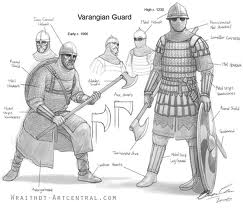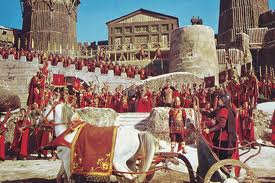|
Military manpower was obtained through universal conscription, but in practice recruiting and stationing military forces within each theme allowed commanders to recruit the best manpower from within each province.
The army attracted the best families for its soldiers, thereby avoiding the fatal mistake of the Western empire which relied heavily upon barbarian soldiers while the best Roman citizens served not at all. Byzantine military commanders were quick to adopt a number of weapons and tactics of their enemies.

One man who made a great contribution to the running of the army, and thereby also to the welfare and survival of Rome, was Scipio Africanus (Publius Cornelius Scipio). He is believed to have been present at the military disasters of Trebia and Cannae where he learnt the lesson that the Roman army needed a drastic change in tactics.
Byzantium did engage in expansionist wars of conquest of its own from time to time: Justinian's reconquest of Italy and North Africa or the much later wars of Nikephoros Phokas and John Tzimiskes on the eastern frontier for example, but in general Byzantine military doctrine was defensive in nature.

It is testimony to the effectiveness of these tactics that Byzantium was able to ultimately prevail against the power of the Arab Caliphate: A state which far exceeded Byzantium in terms of wealth, population and land area.
The Byzantine Empire in the early middle ages was such conglomerate of people with different background. The turmoil period of the Byzantine Empire demanded its army to be flexible and open to new weapons and new ways of waging wars, as well to the soldiers recruited. The army became the very place where the military and artistic experience of the barbarians and the romaioi mixed.

The most important Byzantine naval ship was the Dromon which is the ancient Greek word for runner, a light and swift boat which came in many different forms and sizes. The ship was manned according to its type and dimensions. Some could carry 100, 160, 200 or even 300 men of whom some were marines (Pezonaphtes) who in battle were supported by a number of the rowers.
After the 4th Crusade the empire had neither the population to furnish an army nor the money to buy mercenaries, so they relied largely on diplomacy (or a humiliating vassal status) to ward off the coup de grace. When the final end came in 1453, the empire could only muster about 7,000 troops, and a large part of that was the equivalent of Constantinople’s police force.
|

![]()


